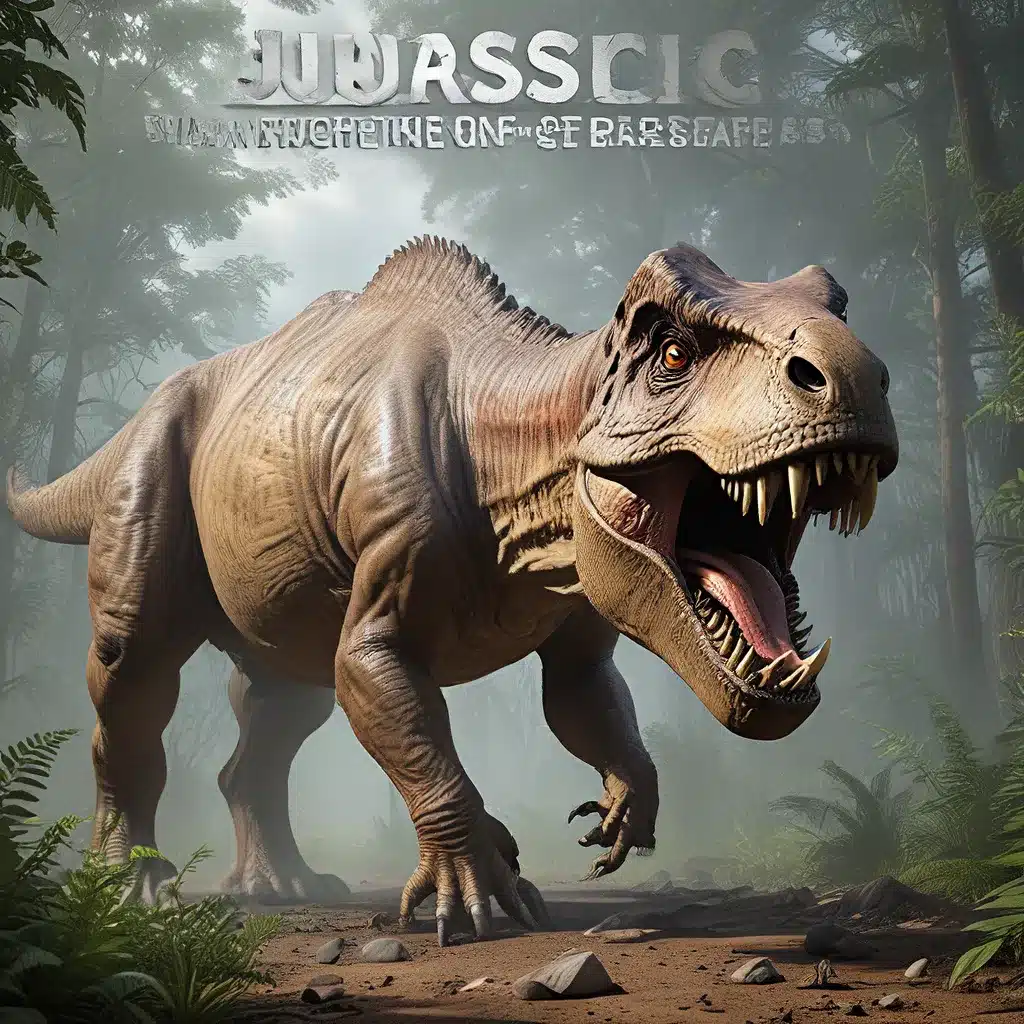
Unlocking the Architectural Marvels of Dinosaurs
When we think of dinosaurs, our minds are often filled with images of massive, lumbering creatures that roamed the earth millions of years ago. However, the structural engineering feats employed by these ancient beasts are often overlooked. From their intricate skeletal systems to the efficient mechanics of their bodies, dinosaurs were veritable marvels of nature’s engineering prowess.
In this article, we will delve into the fascinating world of Jurassic engineering, exploring the innovative adaptations and structural genius that allowed these prehistoric creatures to thrive in their environments. By examining the latest archaeological discoveries and scientific analyses, we will uncover the technological marvels hidden within the bones and fossils of these long-extinct animals.
Skeletal Structures: A Masterclass in Lightweight Design
One of the most remarkable aspects of dinosaur anatomy is their skeletal system. Paleontologists have long marveled at the lightweight, yet incredibly strong, bones that supported the massive frames of these ancient creatures. This engineering feat was achieved through a combination of hollow cavities and intricate bone structures that maximized strength while minimizing weight.
Recent studies have revealed that many dinosaur bones were filled with a network of air-filled cavities, similar to the lightweight structures found in modern aircraft. This pneumatic design not only reduced the overall weight of the skeleton but also improved the animal’s thermoregulation and respiratory efficiency.
Moreover, the individual bones themselves were designed with impressive structural integrity. Dinosaur vertebrae, for example, were reinforced with intricate struts and ridges, creating a load-bearing framework that could support the immense weight of their bodies. Similarly, their limb bones were engineered with a combination of dense, compact material and internal reinforcements, providing the necessary strength for locomotion and support.
Biomechanics: The Evolutionary Masterclass
Beyond the impressive skeletal structures, dinosaurs also showcased remarkable biomechanical adaptations that allowed them to thrive in their environments. From the powerful jaws of the Tyrannosaurus rex to the graceful movements of the Brontosaurus, these ancient creatures exhibited a level of engineering prowess that continues to amaze modern scientists.
Cutting-edge research has revealed the intricate musculature and joint structures that enabled dinosaurs to perform a wide range of complex movements. For instance, the theropod dinosaurs, such as the Velociraptor, were equipped with highly articulated wrists and ankles, allowing them to execute swift, agile maneuvers in pursuit of their prey.
Similarly, the long-necked sauropod dinosaurs, like the Diplodocus, possessed a unique spinal structure that allowed them to efficiently support their immense bodies and reach for high-hanging vegetation. This biomechanical optimization was the result of millions of years of evolutionary refinement, showcasing the remarkable adaptability and engineering prowess of these prehistoric giants.
Ancient Architects: Dinosaurs as Master Builders
Beyond their impressive physical structures, dinosaurs also demonstrated remarkable architectural skills in their natural environments. From the construction of nests to the creation of complex social structures, these ancient creatures exhibited a level of engineering sophistication that challenges our preconceptions of their intelligence.
Recent archaeological discoveries have uncovered evidence of sophisticated nesting and roosting behaviors among various dinosaur species. Some species, such as the Oviraptor, were found to have constructed intricate, multi-chambered nests to protect their eggs and hatchlings, showcasing a level of forethought and planning that was once thought to be unique to more advanced animals.
Moreover, certain dinosaur species, like the Triceratops, have been observed to have lived in social groups and communal structures, suggesting a level of cooperative and organizational skills that challenges our traditional views of these animals as solitary and unsophisticated.
Lessons from the Past: Applying Jurassic Engineering to Modern Challenges
As we continue to unravel the mysteries of the prehistoric world, it becomes increasingly clear that dinosaurs were not just massive, lumbering creatures, but rather engineering marvels that thrived through a combination of structural adaptations, biomechanical prowess, and architectural sophistication.
By studying the design principles and evolutionary strategies employed by these ancient beasts, modern engineers and architects may find inspiration and insights to tackle some of the most pressing challenges facing our world today. From the development of lightweight, yet durable, building materials to the optimization of energy-efficient transportation systems, the lessons of Jurassic engineering may hold the key to unlocking a more sustainable and innovative future.
Conclusion: Unlocking the Secrets of the Prehistoric World
As we delve deeper into the fascinating world of dinosaurs, it becomes increasingly clear that these ancient creatures were not just biological entities, but rather technological marvels that showcase the remarkable engineering prowess of nature. From their intricate skeletal structures to their biomechanical adaptations and architectural skills, dinosaurs have much to teach us about the power of innovation, optimization, and the relentless pursuit of survival.
By continuing to explore the archaeological and scientific insights into these prehistoric giants, we can uncover the secrets of the past and apply them to the challenges of the present, paving the way for a future that is inspired by the engineering genius of the Jurassic era.
The Lost Kingdoms is committed to uncovering the mysteries of the ancient world and sharing these insights with a global audience. Join us on this journey of discovery as we unlock the secrets of the Jurassic era and beyond.


